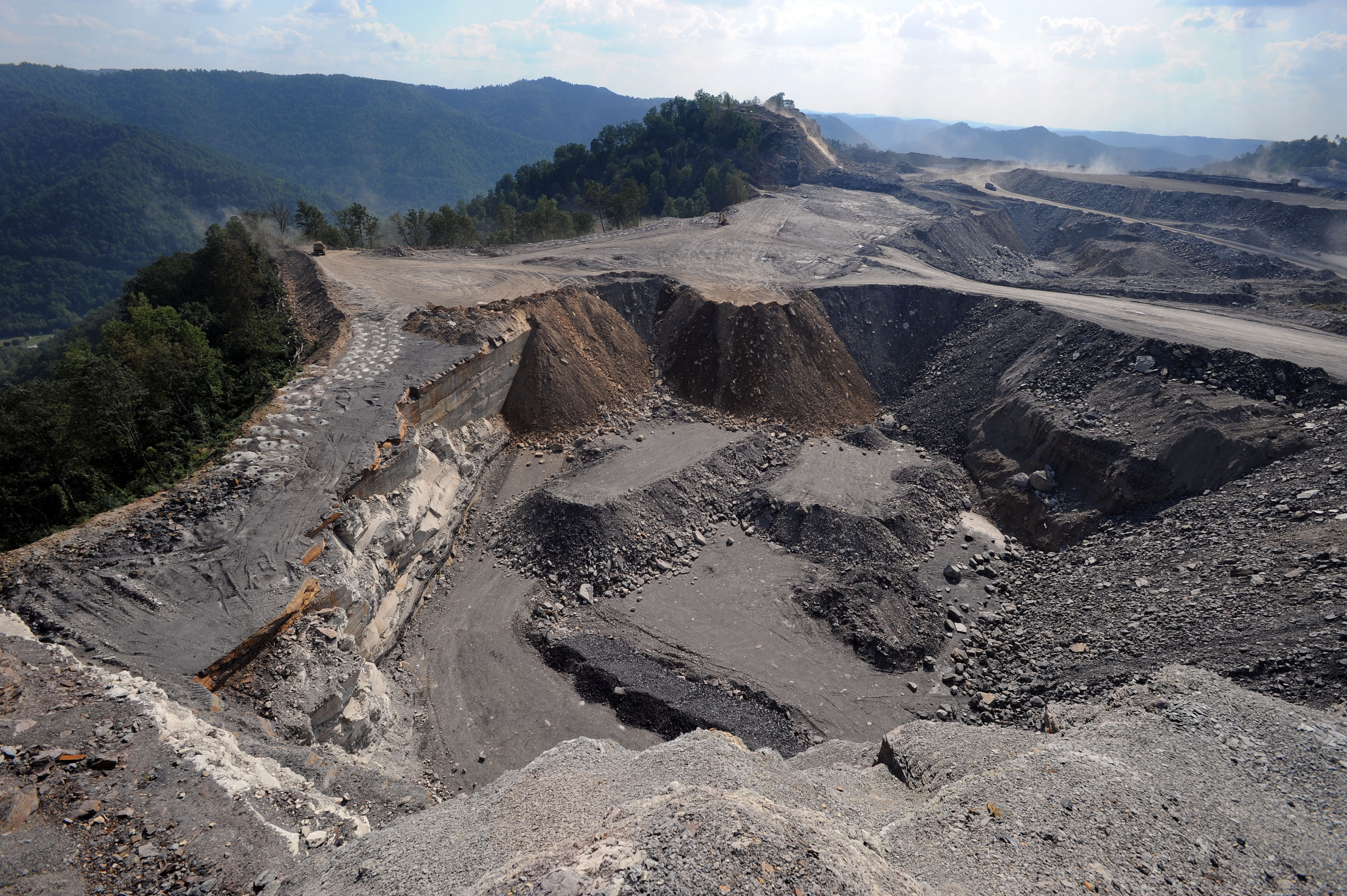Appalachia can stake its future on Donald Trump’s claim to restore coal jobs to their 20th century heyday. Or, Appalachia can rise to the task of creating a new breed of jobs to match the evolving digital economy of the 21st century.
Consider one ripe possibility: U.S. firms that once outsourced jobs to India or the Philippines or Malaysia are now starting to “domestic source” work to the American heartland. These companies, typically in California or the East Coast, are finding they can save money and produce better services by turning to the underemployed workforce in rural communities where wages and the cost of living are much lower than in urban areas.
Kentucky’s minimum wage, for example, is $7.25 an hour. California’s minimum wage is set by law to rise to $15 by 2022. As for living costs, the median price of a house in Kentucky is $135,300. In California the figure is $503,100.
American workers have distinct advantages over their counterparts half a world away, even those in countries where labor costs are pitifully low. With domestic sourcing there is no language barrier to overcome. Cultural differences are minimal. Educational and skill levels are more uniform. The time-zone gap is minor. Workplace standards are predictable.
This makes supervising remote employees in Bristol, Tennessee, much easier than in Bangalore, India. On top of this, President Trump is leveling political pressure on executives to stop exporting jobs overseas.
The expanding array of tasks that are being domestic sourced includes telephone call centers, software development, customer-support staffs, computer programming, data entry, creative design, accounting and payroll services. Perhaps the fastest-growing sector is the production of mobile apps and internet web sites. Nearly every business today has or wants a digital presence of some kind. Encoding apps for everything from online shopping to highly profitable gaming is a booming industry — and one with a constant need for updating.
Most of the programming jobs in this flourishing niche of the tech economy do not require a college degree or extensive training. And, significantly, they appeal to many young people who have grown up in the digital age but can’t find employment in remote hometowns from Ohio to Mississippi.
The newly elected congressman from Silicon Valley, Democrat Ro Khanna, is the son of Indian immigrants. As an economics professor at Stanford University, he authored a book on ways to spur American competitiveness. Today he is leading an effort to encourage Silicon Valley firms to create auxiliary jobs in struggling coal country as an exercise in social responsibility. This is a praiseworthy venture, but the pragmatic truth is that Appalachia will not prosper if it is seen as nothing more than a charity case.
Companies will invest in Appalachia only if it makes business sense. In short, the region must be economically competitive across the spectrum of service production. Sadly, today it is not.
Despite a number of government and private initiatives to expand the connectivity of rural communities through broadband and fiber optic wiring, large swaths of Appalachia remain mired on the wrong side of the digital divide. In the 21st century global economy, this technological chasm separates the haves from the have-nots.
In the 1950s the region’s pressing infrastructure need was an efficient highway network to connect it to the American marketplace. Today, high-speed and high-volume internet coverage is the indispensable infrastructure of the digital economy. When corporations look for a new site for expansion and job creation, they expect a direct fiber optic connection for speed and reliability, both of which save money. Broadband ties firms to the integrated universal market. It is as essential as electricity and running water—and more important than good roads. It is no coincidence that 60 percent of Americans earning less than $20,000 a year lack broadband service.
In addition, broadband penetration is critical to K-12 education and to adult vocational and apprenticeship programs across industries. Increasingly, the internet is the way residents in isolated communities will gain access to advanced medical care.
A massive investment in broadband and fiber optic by federal, state, and local governments is needed to connect Appalachia to the digital lifeline. West Virginia offers a stark illustration of this imperative.
The state lags in 45th place among the states in broadband coverage. (Mississippi ranks 49th, Ohio 16th, Alabama 40th, Kentucky 35th, and South Carolina 28th, according to the advocacy group BroadbandNow.) Twenty-nine percent of West Virginia’s population is underserved by the internet. Only 2.1 percent of residents have fiber optic service, a crushing liability when it comes to attracting jobs. There are 470,000 people in West Virginia without high-speed download capability. And nearly 100,000 residents have no wired internet providers in their communities.
McDowell County in the coalfields of southern West Virginia is one of the least connected places in America. Even cell phone coverage is spotty outside the county seat of Welch, due to the mountainous terrain and a shortage of relay towers. When coal was king in the middle of the last century, McDowell County had a population just shy of 100,000. Today only 19,000 residents remain. Thirty-five percent of the population lives below the poverty line, the unemployment rate is 9.4 percent, and McDowell has the highest rate of drug induced deaths among all 3,142 counties in the United States, with 41.5 fatalities annually per 100,000 people. This is 10 times the national rate. Last year the county’s largest private employer, Walmart, closed its doors.
McDowell doesn’t have to stay this way.
Some local and state governments in Appalachia are investing public dollars successfully to merge onto the digital highway. The town of Dublin, Ohio, has financed a network of optical fiber and Wi-Fi service for both businesses and residential neighborhoods, positioning itself as a draw for tech firms. In Paintsville, Kentucky, another community made poor by vanishing coal jobs, former miners are being trained as app developers under a federally financed program. New York, using state funds, has embarked on an ambitious commitment to connect every household to broadband service by the end of 2018.
Washington also has a role to play in boosting Appalachia’s economic prospects. At present, however, the Federal Communications Commission under the Trump administration appears poised to cut back the promising Lifeline program, which provides subsidies to help low-income families connect to the internet. The need for this program is especially acute in poor, geographically remote pockets of Appalachia. Nearly 40 advocates of Lifeline, including the AFL-CIO, the NAACP, and the American Library Association, have appealed to new FCC Chairman Ajit Pai to spare the program. He should respect their plea.
The Appalachian Regional Commission—created after John F. Kennedy visited McDowell County and voiced dismay at the poverty he found—has sought to funnel more federal dollars into broadband development. But given the slow progress to date, a much more robust approach by the commission is plainly needed.
Moving beyond coal to a more diversified, sustainable economy will require vision and, above all, a massive investment of tax dollars. Appalachia’s catapult into the digital economy must command a higher priority in hard-pressed budgets at the local, state, and federal level. Without this commitment, the poverty that shocked President Kennedy a half century ago is destined to endure.
Robert A. Kittle (@RobertAKittle) is a West Virginia native, veteran journalist and author. He lives in Carefree, Arizona, and Cayucos, California.



